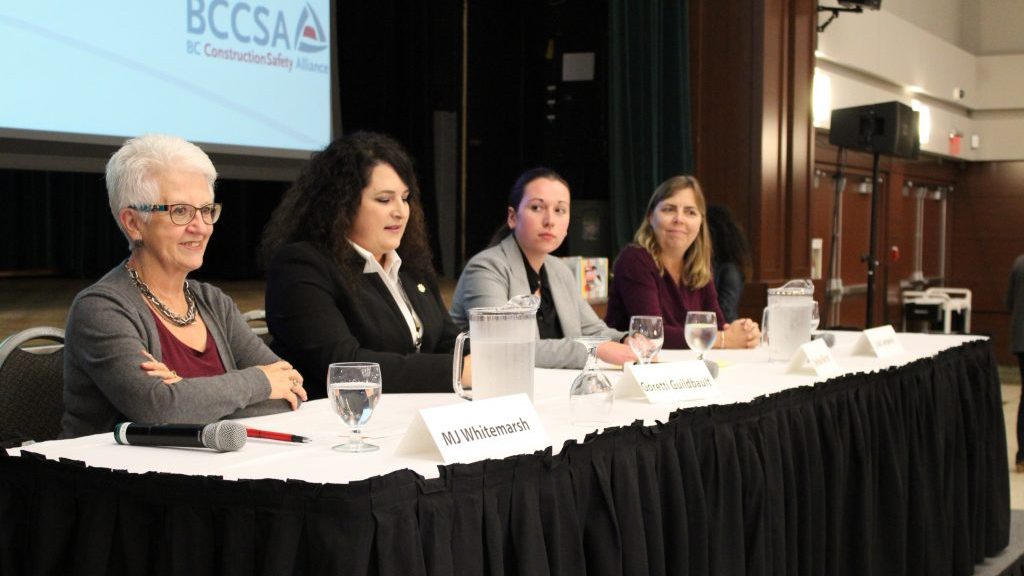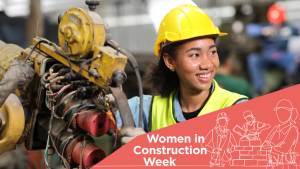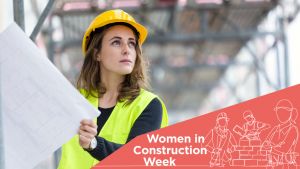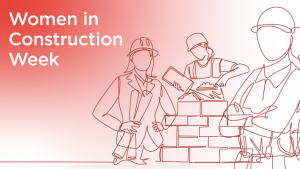Women in the construction industry continue to break barriers but still face bias.
A panel spanning generations of industry experience looked at the state of women in the construction industry at the Bridging the Gap Safety Conference held recently in Vancouver.
The panel consisted of M.J. Whitemarsh, the former CEO of the Canadian Home Buildersâ Association, BC Tradeswomen Society president Lisa Langevin, Goretti Guilbault, a heavy equipment operator and IUOE 115 member, and Chelsea Barron, a Red Seal machinist who works for Raute șÚÁÏłÔčÏÍű Ltd.
The experience of entering the industry as a woman varied with the age of the panellists, though all agreed there is more to be done to make conditions better for women in the trades.
âTwelve years ago, I refused to take ânoâ for an answer and kicked down doors. I decided I was going to run a bulldozer and I just went and did it,â Guilbault said. âIn the position Iâm in now, I want to give that feeling to other women.â
Whitemarsh said cultural change in any field is slow, but âfor women in the construction field back in 1982, it was different. Itâs changing, but not fast enough.â
Barron is a recent graduate and said as someone who grew up with a family in the trades it wasnât a difficult transition for her.
âI grew up with my dad and brother being tradesmen and when I played hockey I dealt with guys, so Iâve never had a problem dealing with men,â she said.
âThereâs less of a problem now with more women on jobsites and itâs getting better.â
Langevin, by contrast, was âjust grateful I got a jobâ when she joined the industry in the early 2000s.
âI went to an electrical company and was offered a job as a project assistant. Everyone else in my class got a job before I did,â Langevin said.
She also noted a difference in levels of enthusiasm between men and women when she went to the Women Build Nations Conference, one of the largest annual gatherings of tradeswomen.
âAll the women there loved their jobs, but lots of the guys there were in the trades because âtheir parents made themâ or âthey didnât know what else to do,ââ Langevin said.
While the panel agreed the situation has improved for women in construction, they still face challenges.
We donât celebrate mentors and those âwhite hatsâ out there that help women in trades
â Goretti Guilbault
IUOE 115
âThe reality is that some women have a lack of confidence and there are some invisible rules that only apply to some people,â Guilbalt added. âThere are many challenges you have to be adaptable and strong in order to respond to.â
âThere are lots of misconceptions and stereotypes of women in the trades, so before you even walk through the door youâre judged. But all in all itâs been a positive experience,â Barron said.
Guilbalt also pointed to bullying and harassment as an ongoing concern in the industry.
âBullying and harassment is a big part of it, and some women arenât prepared for that level of harassment,â she said.
âOne thing that should be brought back full circle is that any time we see bullying or harassment, thatâs impacting productivity on the site and these behaviours are an impediment to your safety,â Whitemarsh said.
Changing the culture requires a process that says whatâs acceptable and what isnât and stick to it, she added.Â
âIt has to start from the top. Employers have to embrace acceptable behaviours, and it will cascade down to superintendents and others,â Whitemarsh said.
Guilbault said at the same time male allies in the industry should be celebrated.
âWe donât celebrate mentors and those âwhite hatsâ out there that help women in trades,â she said.
Langevin pointed to the Be More Than a Bystander anti-bullying program where BC Lions players speak about the impact of menâs violence towards women.
âWeâve modified the curriculum to focus on construction, and weâll have the BC Lions doing a three-day workshop with male construction leaders to get them to stand up, speak out and get other men on the jobsite to stand up and speak out,â Langevin said.
Langevin added with more women on jobssites, there are more reports of âgreat allies speaking out.â
âBut every woman has to prove herself. Once you do prove yourself, the guys are great,â she said.
While men are judged individually, she added, a woman in the trades is still expected to represent all women.
âI feel the burden of other women. We know what we do on a jobsite will affect the women that come after us. Thatâs a burden we all carry,â Langevin said.











Recent Comments
comments for this post are closed